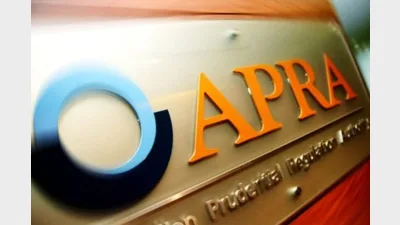(May-2002) Drop in fees good news for public
Superannuation fees have declined in the two years since 1999, despite the introduction of the GST and the rising costs of regulatory compliance which have eaten into super funds’ margins.
A study commissioned by the Investment and Financial Services Association (IFSA) found that the average fee for all superannuation assets dropped from 1.24 per cent in 1999 to 1.20 per cent in 2001. According to IFSA CEO Lynn Ralph, this translates into a saving of $400 million for super members.
The most potent force in driving fees down has been intense competition between funds and sectors, as the larger players jockey for market share.
One of the interesting areas highlighted in the report, Ralph says, is the competition between large corporate master trusts and large industry funds. “For the first time, fees being charged by large corporate master trusts (with assets of $50 million or more) have fallen below the large industry funds (over $1 billion),” she says.
The average fees of these larger master trusts was 0.85 per cent, whereas for the industry funds it was 1.15 per cent.
The report concludes that the downward pressure on fees is likely to continue because of continued competition, advances in electronic commerce, rationalisation of member accounts and improved disclosure under the new Financial Services Reform Act regulations.
Recommended for you
The corporate regulator has launched civil proceedings against Equity Trustees over its inclusion of the Shield Master Fund on super platforms it hosted, but other trustees could also be in the firing line.
The shadow minister for financial services says reworking the superannuation performance test to allow investment in house and clean energy risks turning super into a ‘slush fund’ for government.
Australia’s superannuation sector has expanded strongly over the June quarter, with assets, contributions, and benefit payments all recording notable increases.
The Super Members Council (SMC) has called on the government to urgently legislate payday super, warning that delays will further undermine the retirement savings of Australian women.











